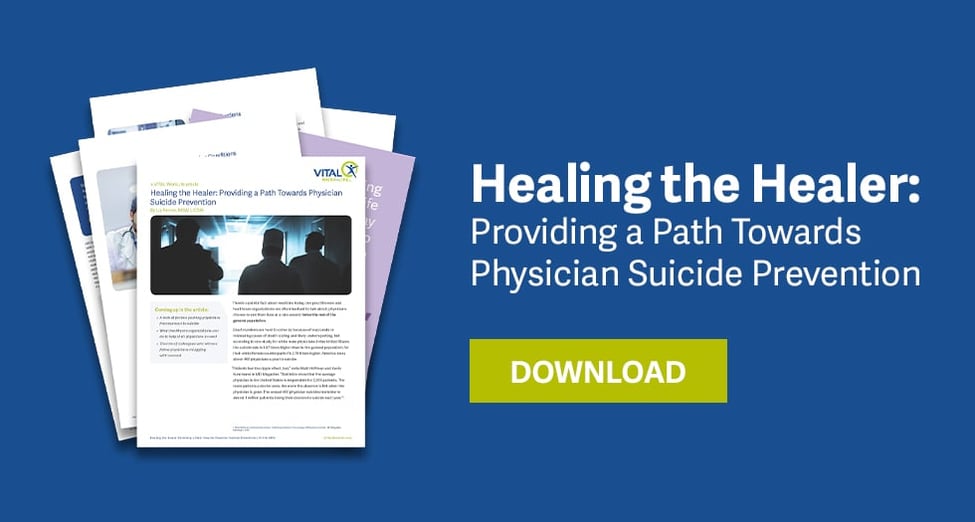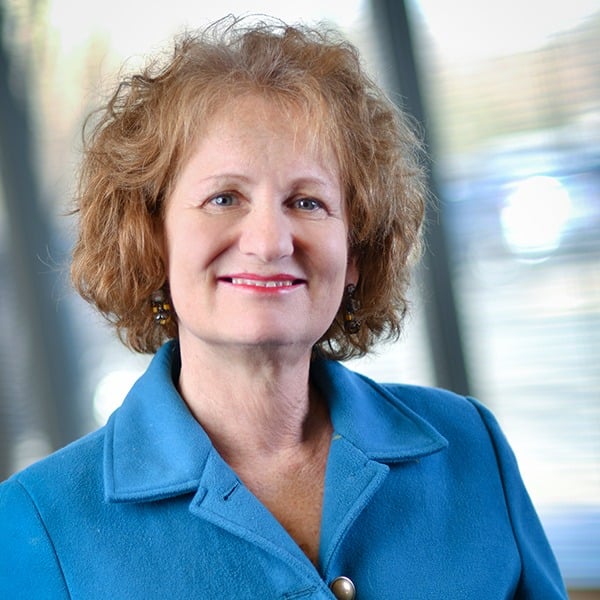Predicting the Unpredictable
It’s a painful issue for the medical community to face: physicians choose to end their own lives at approximately double the rate of the general population. America loses about 400 physicians to suicide every year—more than one a day. Since the average physician in the United States is responsible for 2,300 patients, this translates to more than 1 million patients losing their doctors to suicide yearly.
Suicide is extremely difficult to predict and prevent because so many factors can contribute to it. Unnoticed and undiagnosed depression and substance abuse may be key issues, along with family problems, financial troubles, the practitioner’s own health concerns, and more. But health care organizations can take responsibility for creating a working environment effectively reducing one of the most significant contributors to the problem: burnout.
The practice of medicine is inherently stressful, and the culture of medical education and practice has traditionally encouraged physicians to push themselves up to, and beyond, physical and psychological limits. In addition, contemporary medicine adds stressors like electronic charting, productivity demands, and the complex conditions presented by an aging population.
Begin by Reaching Outward
But the growing recognition of the psychic and financial cost of physician burnout has convinced many organizations to create a culture of openness which works against burnout by addressing physician concerns about scheduling demands, work-life balance, and many other serious issues. Just as important is the role of organizations in reducing the stigma around physicians’ mental-health issues so these can be discussed openly and addressed without fear of harm to a practitioner’s reputation or status.
There are informal ways, too, in which colleagues can support one another with a view toward reducing suicide risk; the better they know one another, for example, the more readily they may be able to spot concerning signs.
Good-faith efforts to “heal the healer” can reduce suicide risk in the medical profession.
VITAL WorkLife offers healthcare organizations—no matter what size or where they are in the journey of supporting physician well being—a comprehensive suite of solutions designed specifically to reduce the effects of stress and burnout and improve work/life balance while increasing awareness and implementing measures toward suicide-prevention.
For more on physician suicide and measures which can head it off, see our Article "Healing the Healer: Providing a Path Towards Physician Suicide Prevention."
If you’re thinking about suicide, are worried about a friend or loved one, or would like emotional support, the National Suicide Prevention Lifeline is available 24/7 across the United States. Call 800.273.TALK (8255) or CLICK HERE TO CHAT with a counselor.



